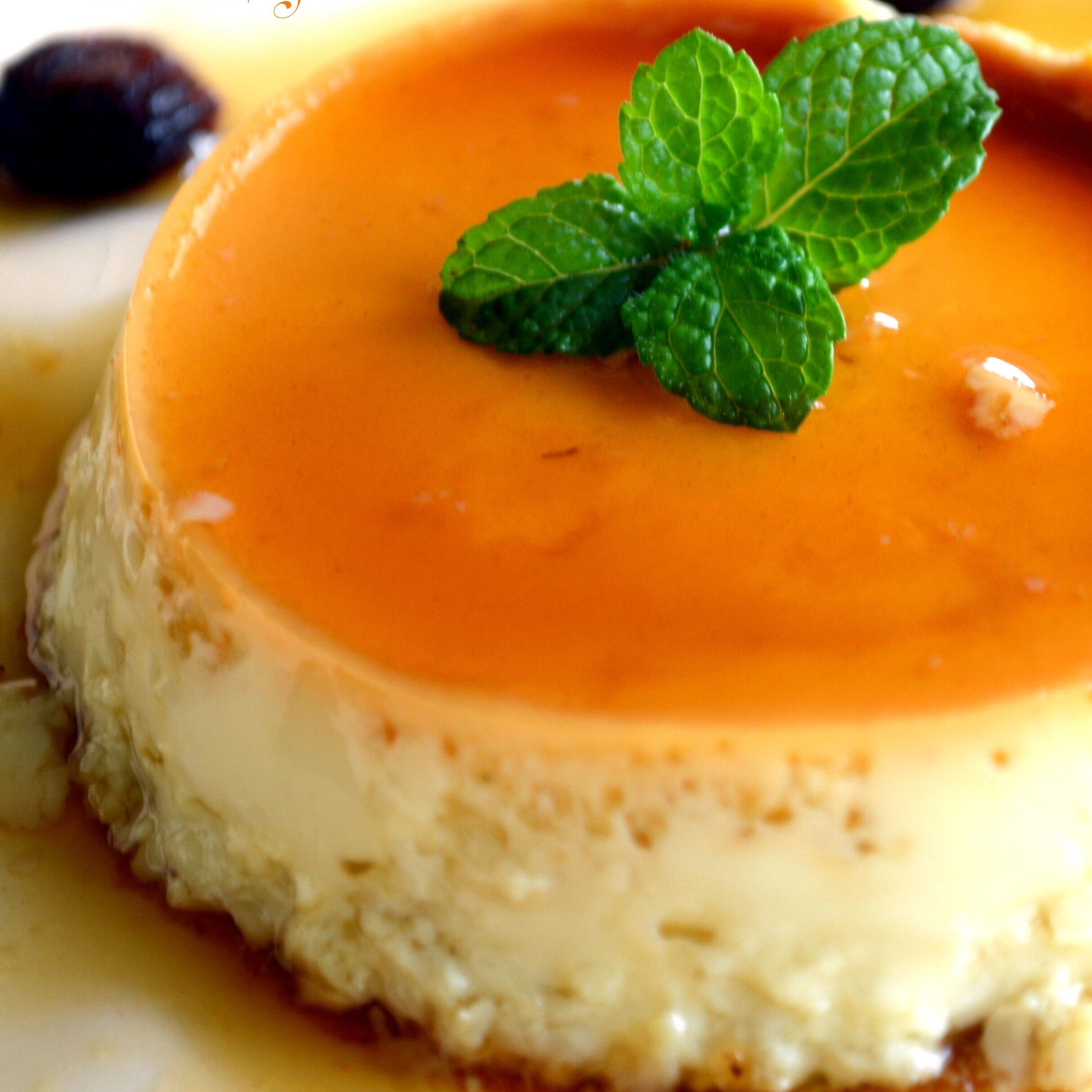Introduction to Indian Desserts
Generally the first thing that catches a person's eye when they walk into an Indian wedding are the glamorously decked up people in the latest Indian fashion. But as a chef and food aficionado, my eyes seek out the ‘hot jalebi’ live food counter instead! Live food stations are a familiar sight at many Indian weddings: a specialist in their craft sitting cross-legged, dangerously close to a gigantic pan of hot oil, frying and dipping the jalebi spirals in warm sugar syrup.
Indian desserts are different from traditional western desserts in their creation and taste, at times requiring a level of expertise which can be a deterrent to making them at home. For beginners to Indian cooking, looking to make Indian desserts at home, I would suggest starting with simpler recipes like rice kheer-pudding and gajjar (carrot) halwa. Or attempt something more familiar to the western palate from my native Parsi cuisine like my ravo or chapat crepes.
Let's take a look at some famously irresistible Indian desserts and what makes them special.
Mithai, Halwa, Kheer & Payasam
Are all names for Indian sweets made using milk, sugar and ghee (solid fats) in a particular ratio. Consistency ranges from fudge-like in a burfi and peda to pudding-like in kheer, halwa & payasam.
Many Indian sweets, traditionally referred to as mithai, have a main flavor ingredient. It can have a dry fruit -pistachio burfi, almond burfi, or fresh fruit or vegetable - mango peda, carrot halwa, and even use lentils or rice - moong daal halwa, rice kheer, lentil payasam. The mithai found in north India is generally softer in texture than the pedas from southern India, which use a combination of jaggery, lentils or rice and coconut - Mysore pak, coconut burfi.
Rasgulla and Rasmalai
Ras meaning syrup, and other variations of these are from the eastern region of India. They are desserts made using fresh cottage cheese (chenna). The fresh cheese is shaped and served in sugar syrup or sweet flavored milk.
Shrikhand
Typical to western India is made with churned thick yogurt; sweetened and naturally flavored, generally with cardamom, pistachio, saffron or mango. Growing up in Mumbai, shrikhand was and still is one of my favorite desserts. It is delicious when served with warm deep-fried puffed Indian bread (poori).
Mango Shrikhand
with a topping of sliced almond
Jalebi
Made from a batter of all-purpose flour and sour curd (yogurt); piped into hot oil with the same deftness that’s required to make pretzels or funnel cakes. The fried jalebi are then dipped in sugar syrup and served warm. Nothing beats a hot Jalebi, freshly made served with a steaming cup of chai.
Gulab Jamun
Another popular festive dessert served at weddings and special occasions. Milk solids (khoya or mawa) are used to make sweetened dough, which is fried and dipped in sugar syrup. They are best served warm with a scoop of vanilla ice cream or kulfi, a naturally flavored Indian ice cream.










